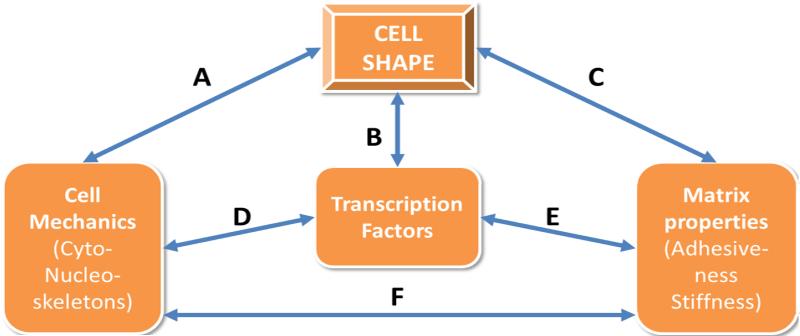Figure 1. Cell shape dynamics as a regulator of cell fate.
Regulation of cell shape is a complex and dynamic process. Classically, in vitro cell shape was thought to be the output of variables such as adhesive ligands or more recently substrate stiffness, while the field of clinical pathology uses cell shape as a histological marker of normal versus diseased cells. During development, morphogenic cues, alignment and tension drive cell shape changes to create new tissues and organs. Using engineering approaches, such as limiting adhesion or altering stiffness, we can modulate cell shape to alter the cell’s mechanics (arrows A or C) for example via Rho mediated tension or actin reorganization, which in turn can regulate transcriptional activity to drive cell fate (D). Alternatively, changes to cell’s environment during disease or healing changes cell shape (C), possibly exacerbating initial pathology (C - E). It is also possible to imagine that transcriptional changes alter the cell’s mechanics (D - F - C), stiffening the local environment, leading to cell shape changes.

